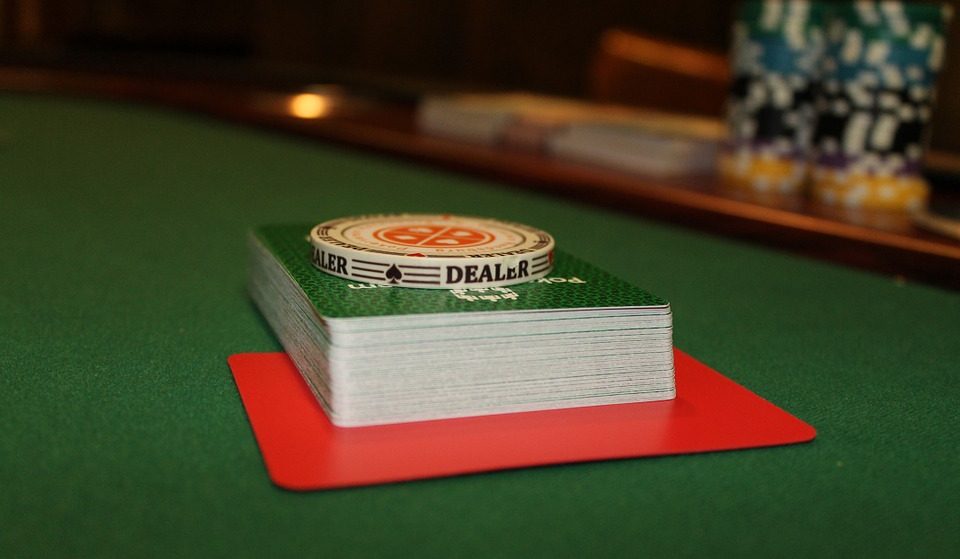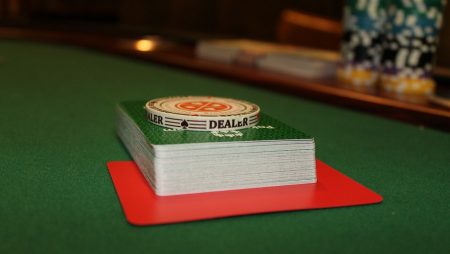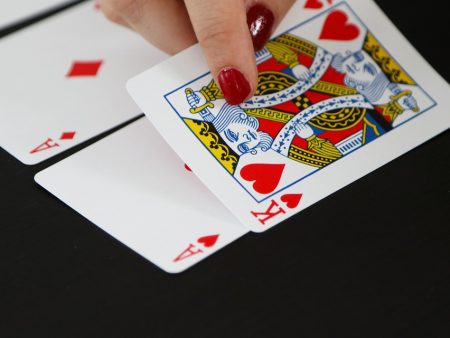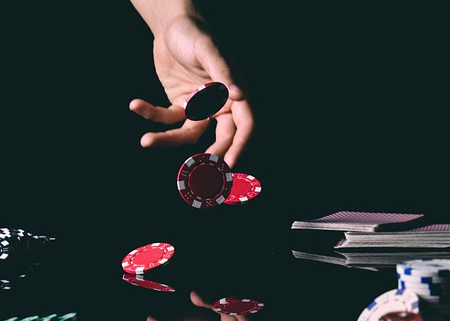

Most of us know that while playing poker, you have to be sharp and attentive. Grasping the concepts of poker is one of the key points in mastering the game.
However, of all the concepts in poker, understanding the position is a cardinal element. It means once you have understood your opponent’s modus operandi, you can base your decisions on that plan.
One of the best parts of progressing as a poker player is that your confidence in playing position increases. When you play poker, you either have good cards, which gives you an upper hand, or a set of cards testing your luck.
The beauty of poker lies in the player who can turn the tables regardless of how strong of a hand they have. This is a vital characteristic that differentiates between a good poker player and a great one.
An Efficient Poker Player
Being observant while playing poker is an ingenious trick. Studying your opponent and observing their patterns of gameplay is a vital part of choosing your next move. An efficient poker player can analyze his opponent’s trends and plan accordingly.
In simple words, one must be capable of second level thinking while playing poker.
What Is The Second Level Thinking?
A second level thinker can not only plan his own moves but can also guess what’s cooking in their challenger’s mind. The second level thinking process, however, develops with immense practice and experience.
One does not simply learn poker overnight, do they? Hence, practicing observation is very necessary. A poker player cannot afford to stick to one strategy or a single technique in the entire game. There have been many techniques that pro-poker players have introduced. There have been many techniques that have worked quite well for many while few methods didn’t.
So let us discuss some of the techniques that did not work out for the masses. These techniques are known as the pre-flop concepts.
Pre-Flop Concepts
Since we are talking about playing positions, let us look into some pre-flop concepts that can be regarded under this technique. The ideas discussed hereunder have been more emphasized towards the pokers played in tournaments.
The gravity of understanding the pre-flop concept is more important for the poker players who compete in tournaments. This is the reason behind the emphasis on tournament-based poker rather than regular cash games.
Let us start by discussing all the concepts in depth.
Buying Position
While playing poker, it is better to lean on your aggression. It doesn’t matter what the tournament format is. Your aggression in the approach pays off. You cannot always determine your fortune beforehand while playing poker.
Once the cards are dealt, only after that, the fog starts to disappear. It often happens in tournaments that you see some players limping ahead of you.
Suppose you are stuck in a situation where you get hands like a 77, AJ, or something similar in the middle. Now because the other players are limping ahead of you, get an argument to call, fold or raise their cards.
Either way, when you choose to do any of the three, you tend to limp others behind you. When others trudge behind you, they tend to give up their positions. Now that it is your time to grab the opportunity, it is solely based on how you connect to your flop.
Henceforth your entire game depends on that. So, when you play your next move, make sure you raise. When you raise the cards, the players you are competing with are forced to fold their cards. Now, it is your turn to claim the position after your flop.
Re-stealing In Position
While playing in poker tournaments, it is not uncommon to see the players re-stealing from the blinds. The re-stealing from blinds usually arises from believing that the late position player cannot afford a re-raise. The re-raise for late position players is often not feasible because they are already assumed to be stealing.
Re-stealing, however, has become a prevalent concept. This is so because the players want to give the appearance of a bigger hand.
What Is A Bigger Hand?
It is a technique in which a player steals from the blind. People adjust to stealing from their earlier position, such as the middle position and the hi-jack position. Hence, the appearance of having a bigger hand comes into action.
Advantage Of Having A Re-stealing Position
When a player makes an appearance of a bigger hand, that is when having a position pays off. When the player re-raises from the cut-off position or the button position, it appears that they have a solid hand.
With the impression that their opponent has a firm hand, significant pressure hovers upon other players. The pressure is often on the blinds, and that’s why they tend to fold a firm hand. The hands can be as strong as an AQ and the pairs present in the mid pocket.
This method gives the original raiser a hint about how strong your hand is. To ace this position, one must have an excellent observation. The ability to read your opponent is the crucial part henceforth.
The Don’ts Of Re-stealing.
While you must be thrilled about getting your opponent to believe you have strong hands,
- Never re-steal against the most established player.
- Don’t re-steal against the one whose raise has given them a stronger hand.
- Pick your position against an aggressive opponent, especially the ones who are capable of a re-raise.
Outplaying Your Opponent + Implied Odds
As we have already discussed, having a position in a tournament setting is always a big boon. Another benefit of having the position is getting into the pots with a hand that has significant implied odds.
These odds might become suitable for many middle and low suited connectors as well as small pocket pairs. You will be calling out a raise in this situation because that might make you win the pot.
This gives you a great chance to outplay your opponent even if you miss a hand. Time and again, in every move, observing your opponent’s pattern is necessary.
Freezing
Freezing is not essentially a unique technique in poker. The concept, however, is helpful to have a position. You can call out your opponents while you freeze their hands.
Rather than a short-term benefit, freezing has a long-term use. You can always choose to freeze the player who decides on raising. Upon having to fight for a hand, they will not be able to steal.
Squeeze Play
When any aggressive player opens the pot, a squeeze play comes into existence. In this, when the aggressive player opens the pot, the player with the blind’s re-raises. The effectiveness of this technique is only when the original raiser has a narrow range.
Significance Of Middle Player In A Squeeze Play
The middle player gets the upper hand while the original raiser has a loose hand. We often observe that while in a squeeze play, the middle player is usually the game-changer. If a middle player has a strong hand, they can re-raise.
How To Be Cautious In A Squeeze Play
One should perform the squeeze plays rarely in low-buys. The player has to be very cautious as the middle player may call you out very often. They might “look you up” time and again. Be cautious, and again, observation is the key.
How To Induce A Squeeze Play
There will be times amidst a tournament when you would have to trick your opponent into thinking that your cards are not strong. This is a very effective way to trick and trap aggressive players.
The aggressive players, in such times, tend to call a raise. Now, as risky as the inducing part might sound, it can lead to getting good odds on the higher pot.
Summing Up
A game like poker can be very tricky and uncertain. One moment you are winning, and the other moment you tend to lose it all. Positions, however, have a vital role in the game. When you keep your position correct and put your observation to use, you will ace the game more often.
The player’s position in the game of poker is his biggest weapon. This weapon must be put to use with all cautions considered. It is a cardinal element in poker. With a favorable position and a keen observation, you can always pull the ball towards your court.







